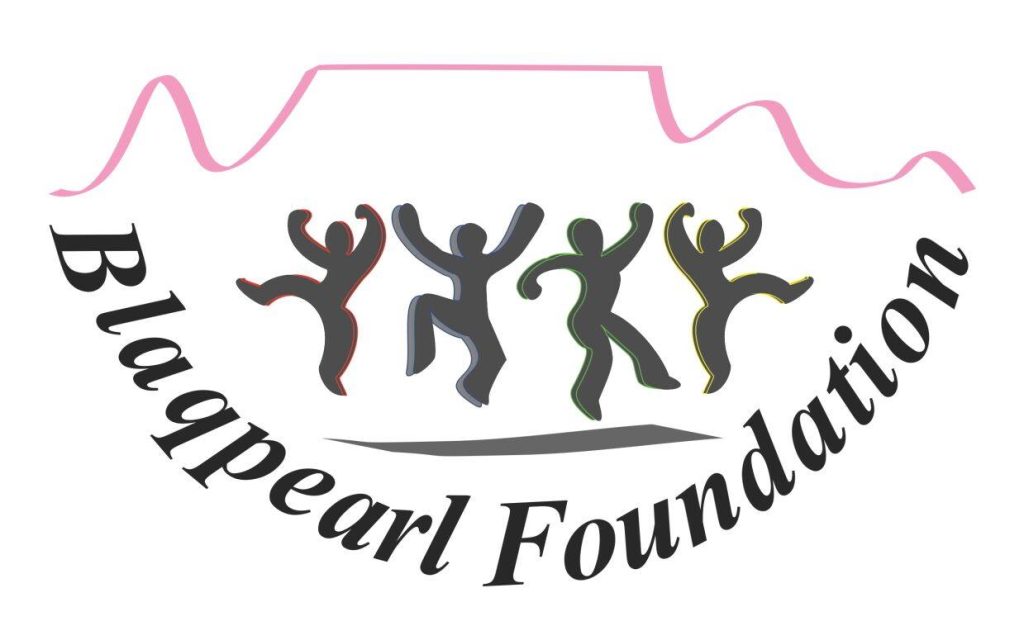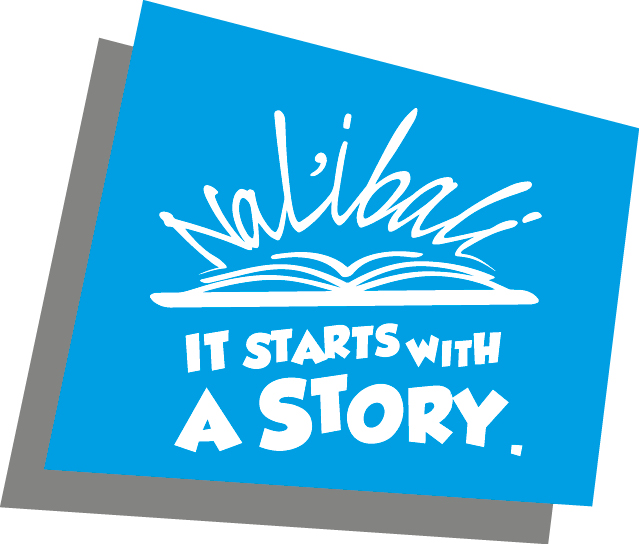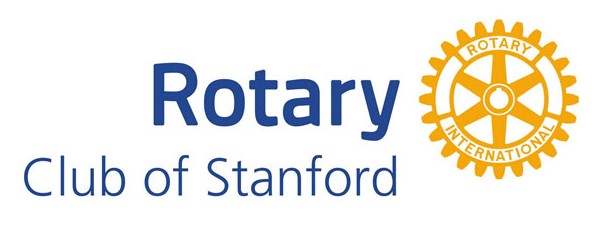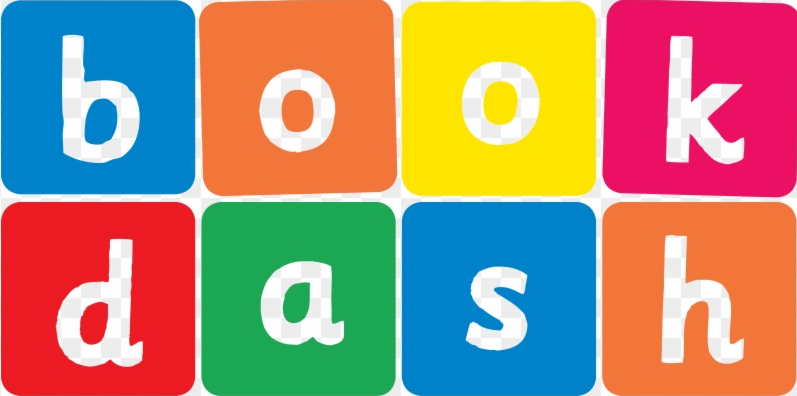Jay Heale reflects on changing methods of getting it all down on paper.
When I started teaching in South Africa (in the archaic year of 1969) pupils were allowed to use fountain pens, but most still used the old dip-pen, an inkpot and a fresh sheet of blotting paper every week. Yes, really!
There was a Conference of Private Prep School Headmasters and Deputy Heads were allowed to attend, so I was there. We talked about the problems of crossed nibs, spilt ink and handwriting. Then Les Webb, head of Somerset House, said, “I don’t know what you’re going on about. Our children use ballpoints. Everybody has them. They’re cheap, they don’t blot or spill. What’s your problem?”
“We do feel,” said someone, “that the ballpoint pen ruins their handwriting.”
Les said, “I’m more interested in what our children write than in how they write it.”
Forty years on – and the world has changed. Does anyone worry much about handwriting any more? I see writing produced by today’s pupils using a word processor and they are fascinated by all the different fonts available. In other words, once again, they are looking at how the writing appears instead of what it says.
The fact is that your brain works much faster than your typing will ever manage. So the speed at which you create your sentences is ruled by the machine you are using.
That’s why I still prefer to write by hand. Certainly a ballpoint, possibly a pencil, whatever is nearest. Then I scribble. I’m trying to keep up with the flow of words and ideas coming from my brain. That’s my “rough copy”. It looks a crazy mess!
Later, I will have to create a “neat copy” – just as I used to be forced to do at school. For that I use the computer and its helpful word processor with “spell-check” and neat margins.
The books that you read – whether they are textbooks or storybooks, whether you use a tablet or a book off the shelf – were written by a live human being. Almost certainly, the writing started with notes, research and a “rough copy” before the author polished it, corrected it, improved it and created the “neat copy”. Handwriting doesn’t matter much any more. What you are saying in your writing matters more and more.







